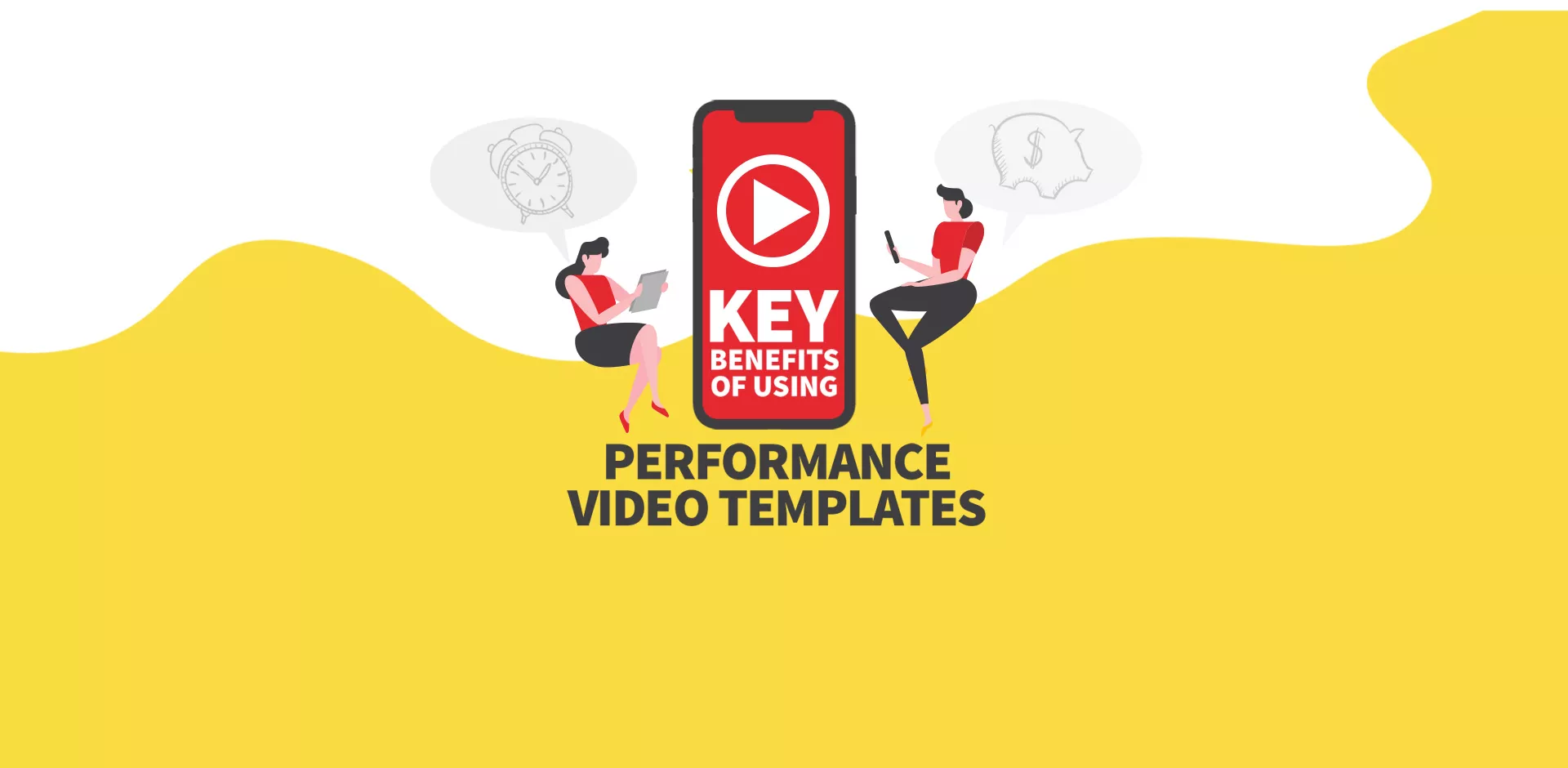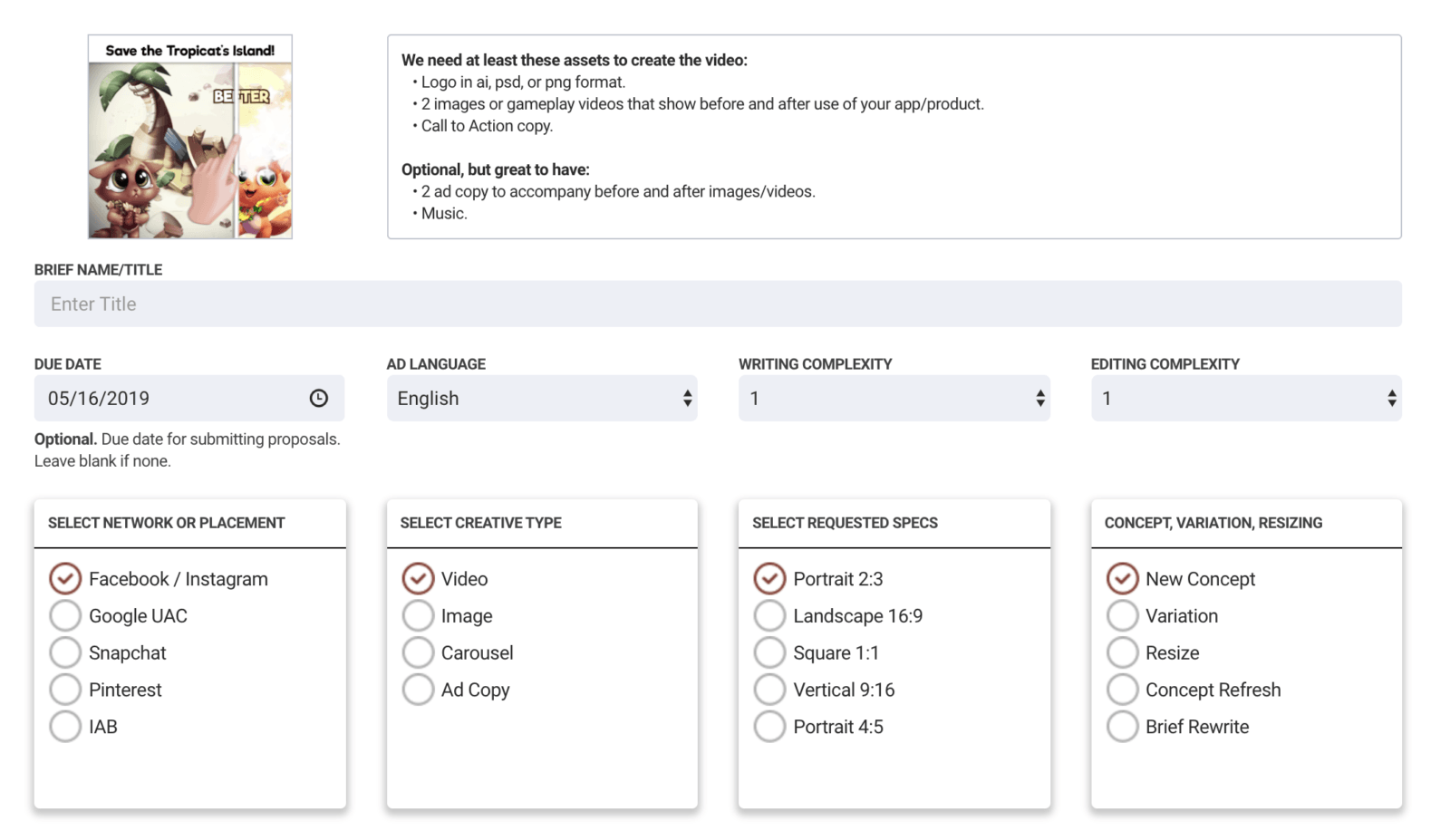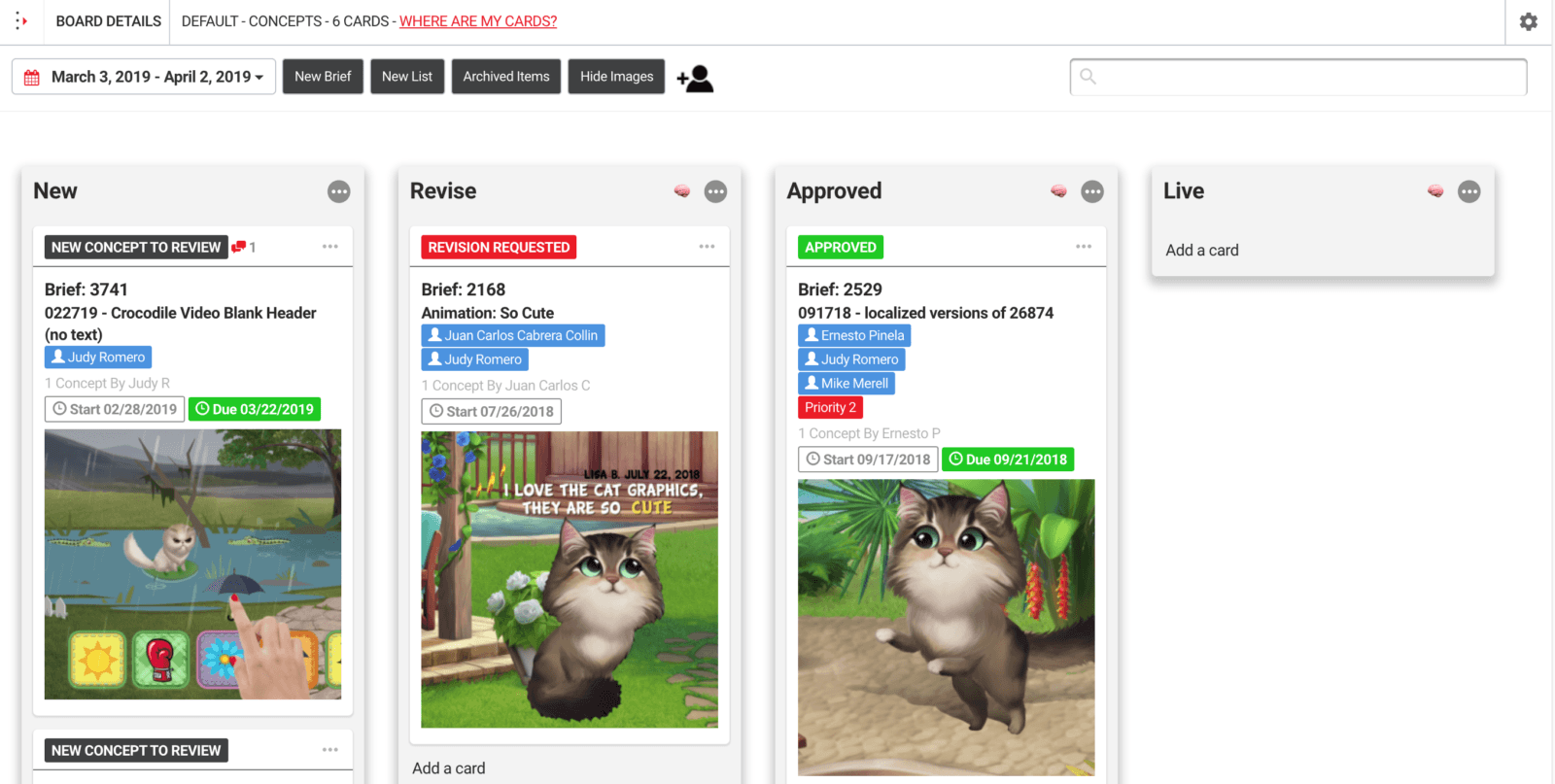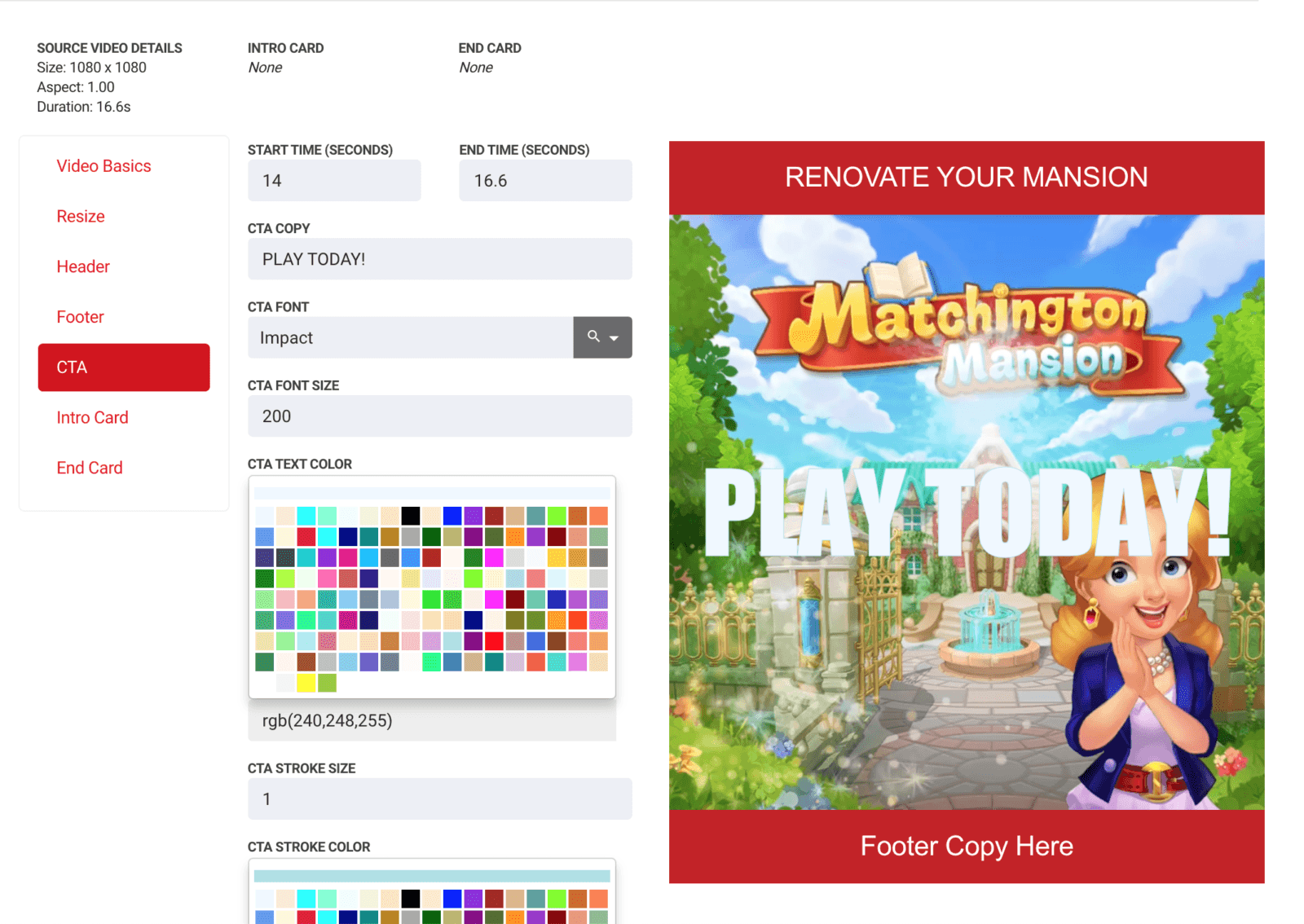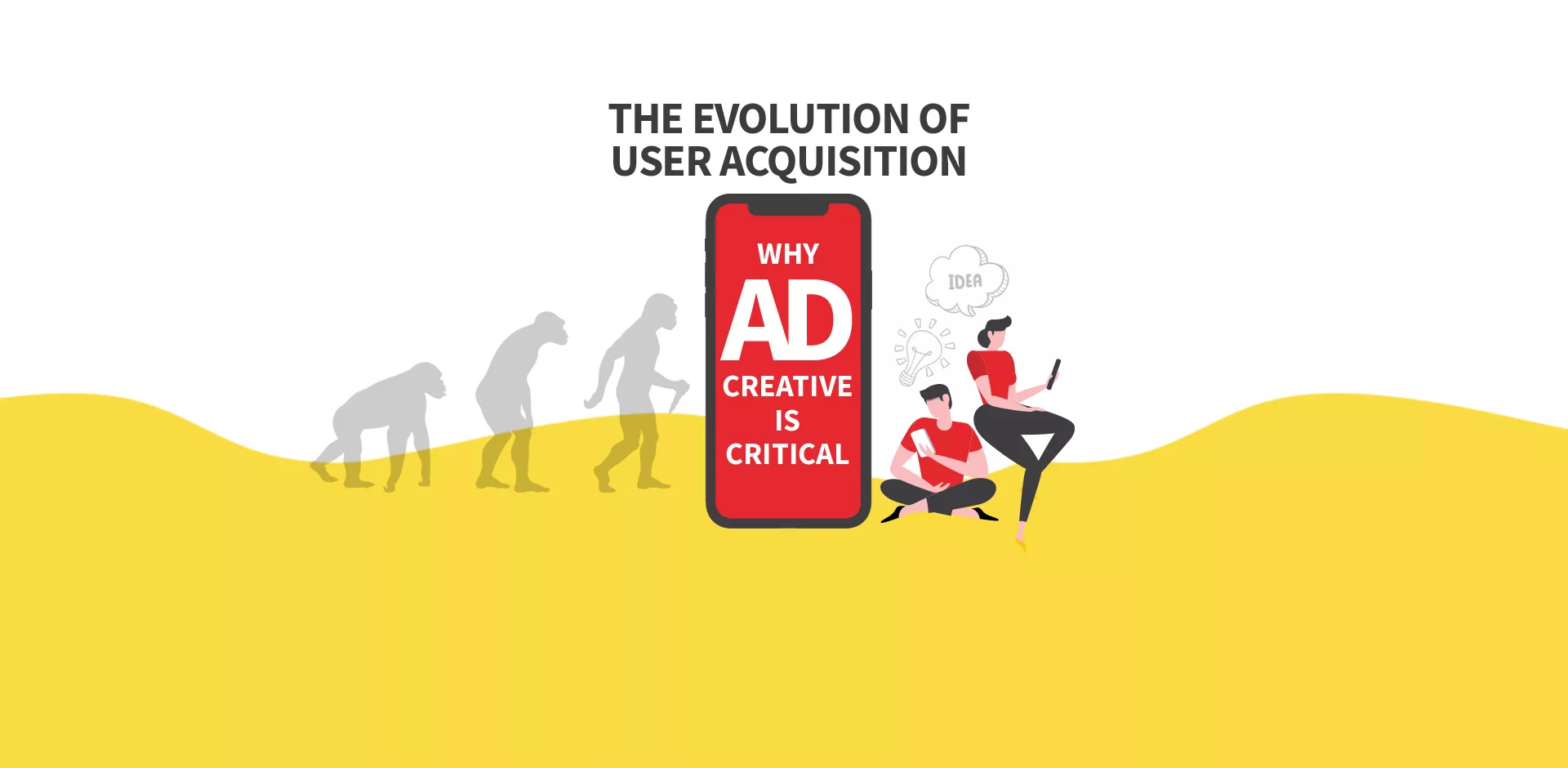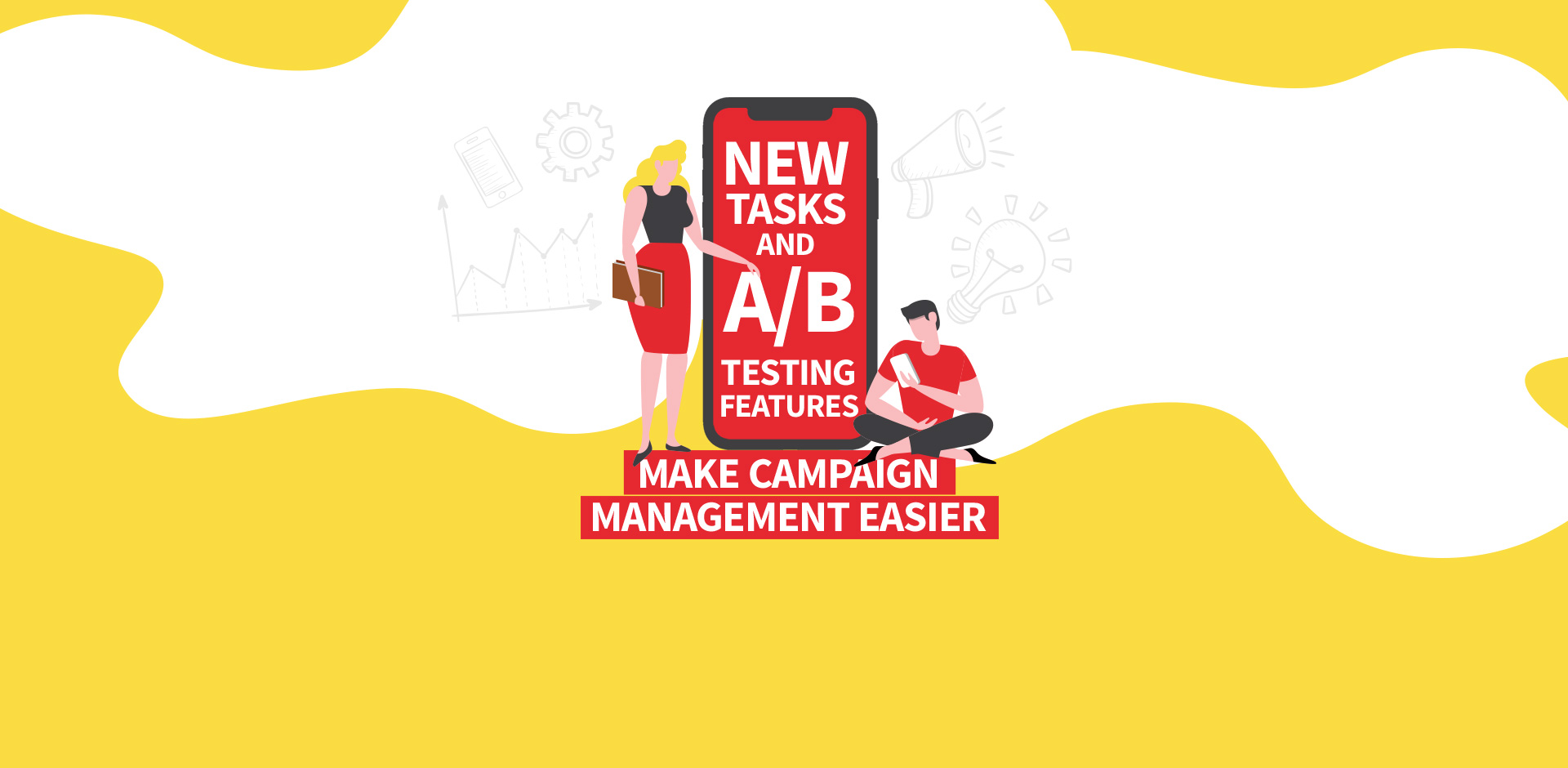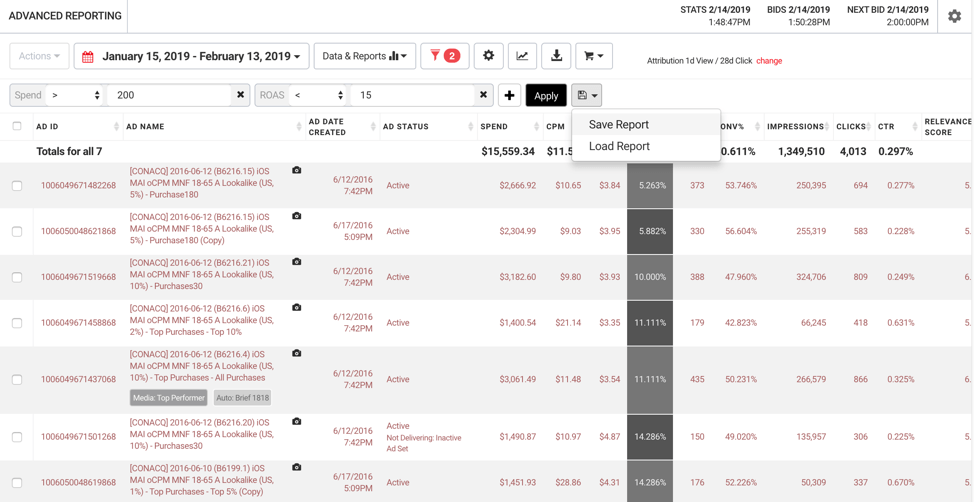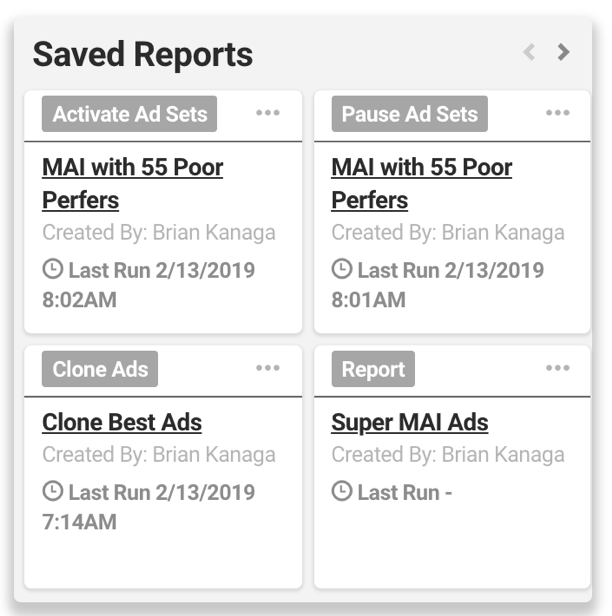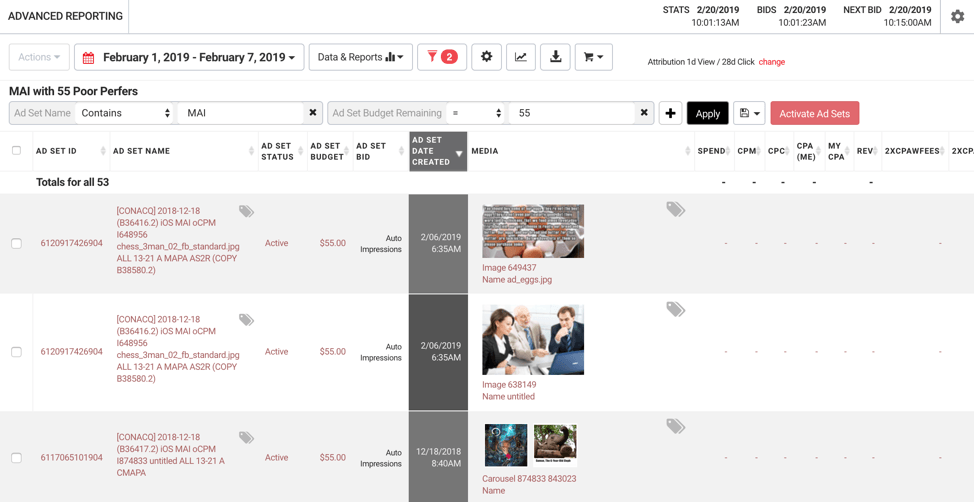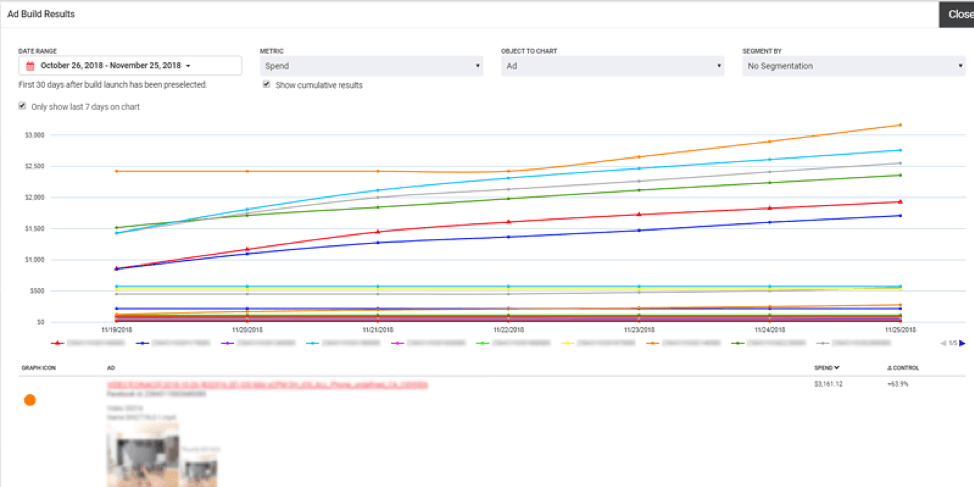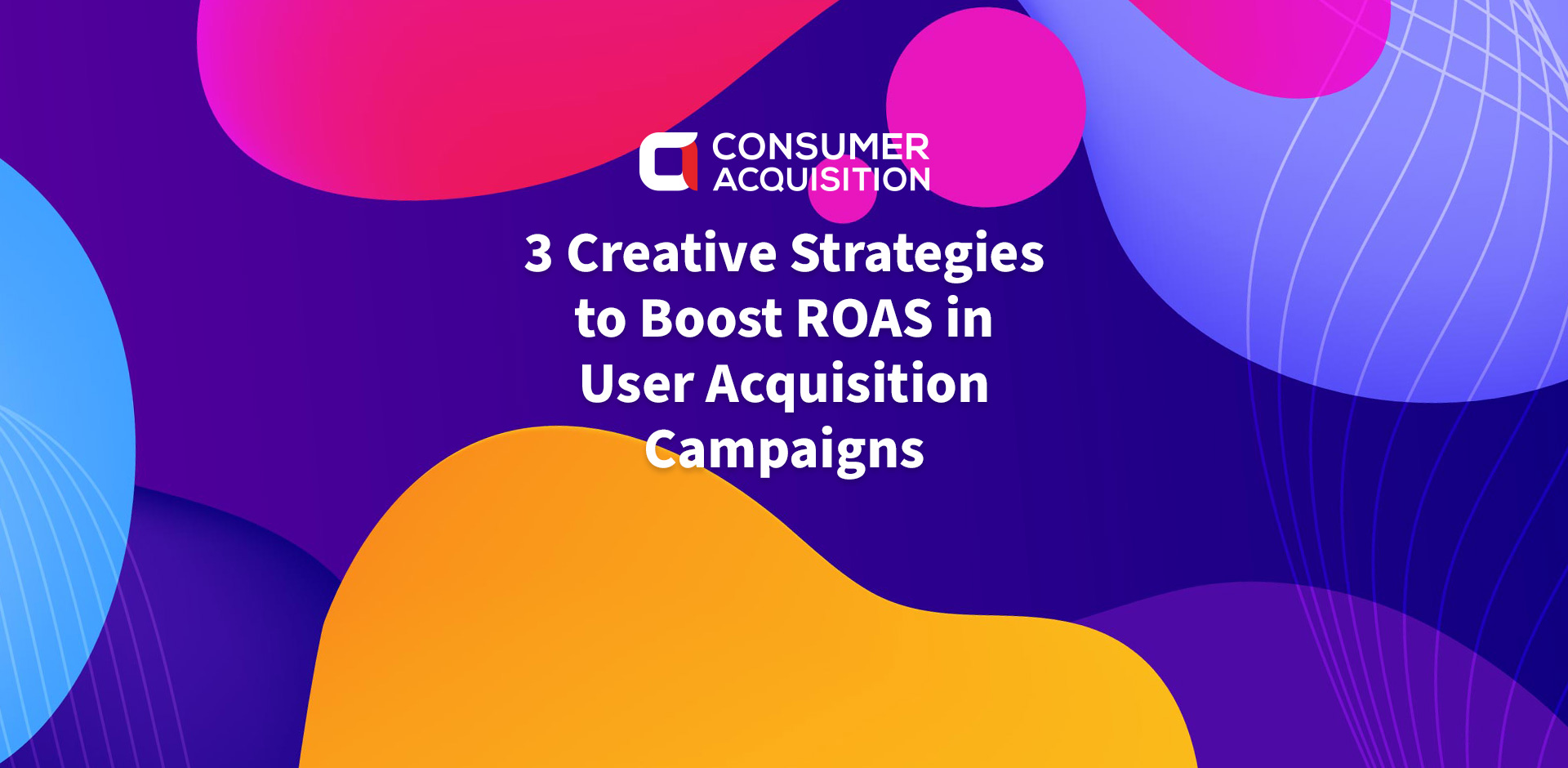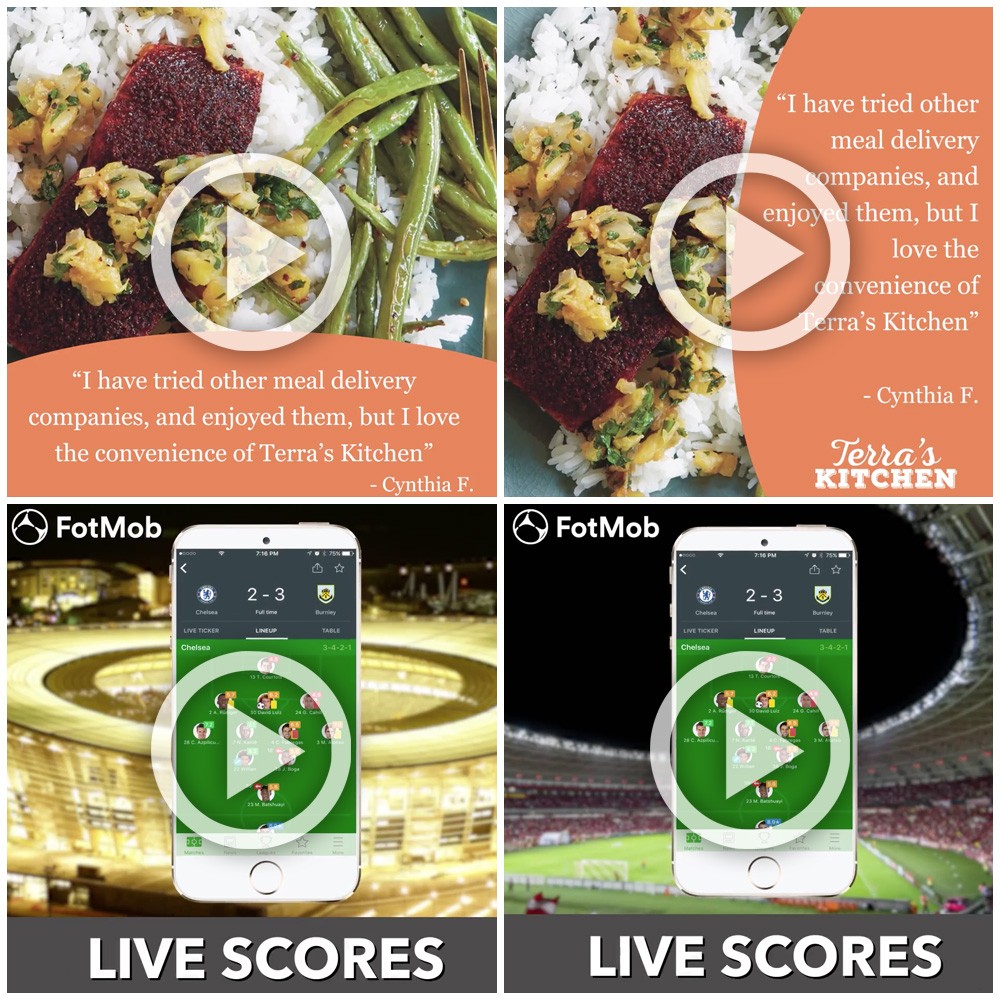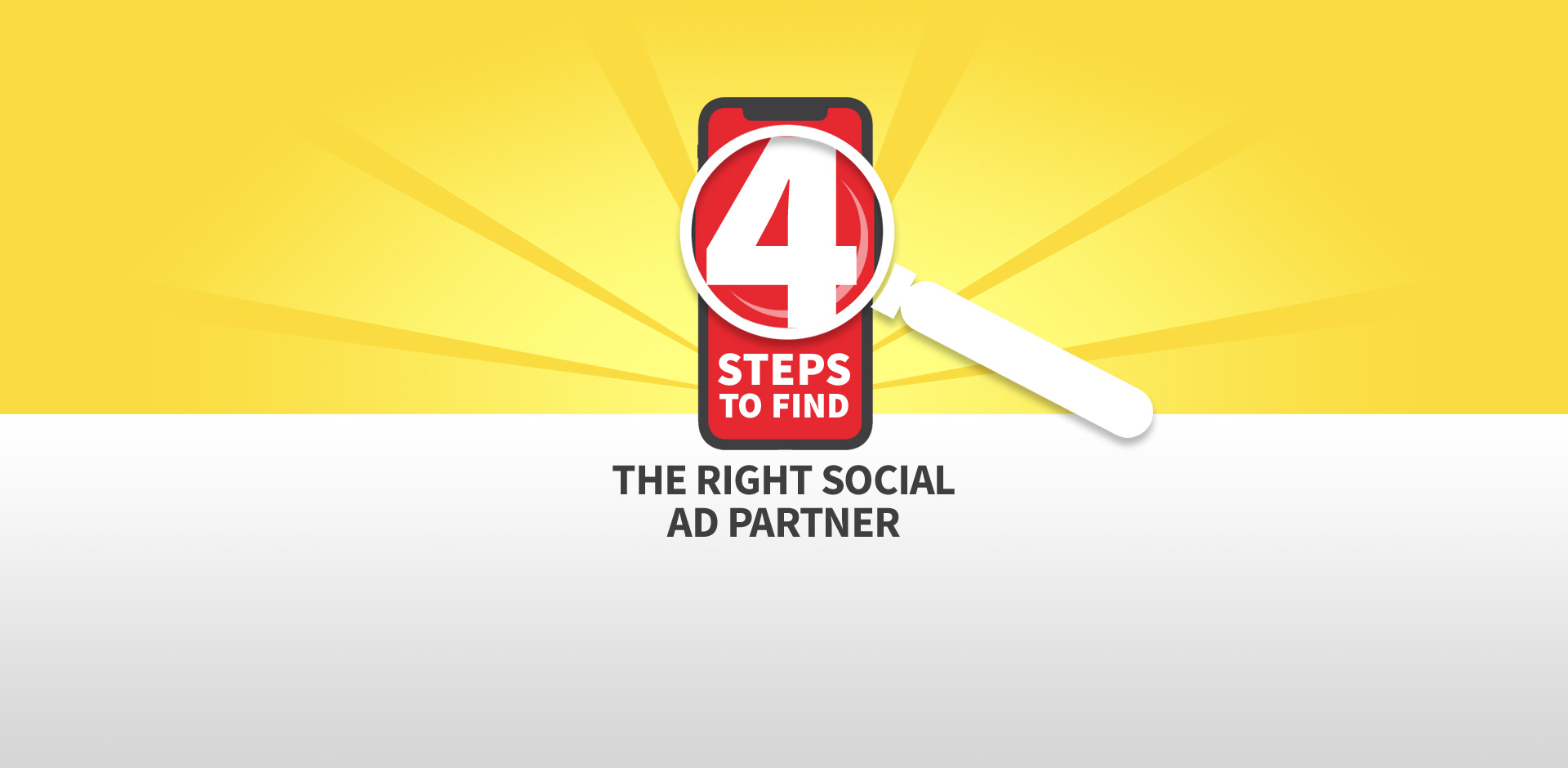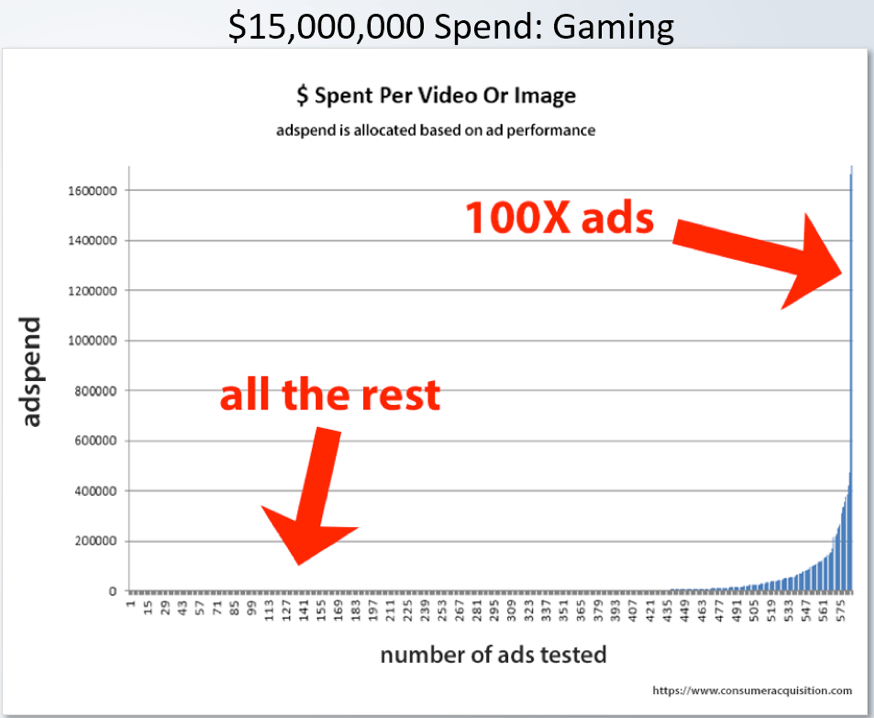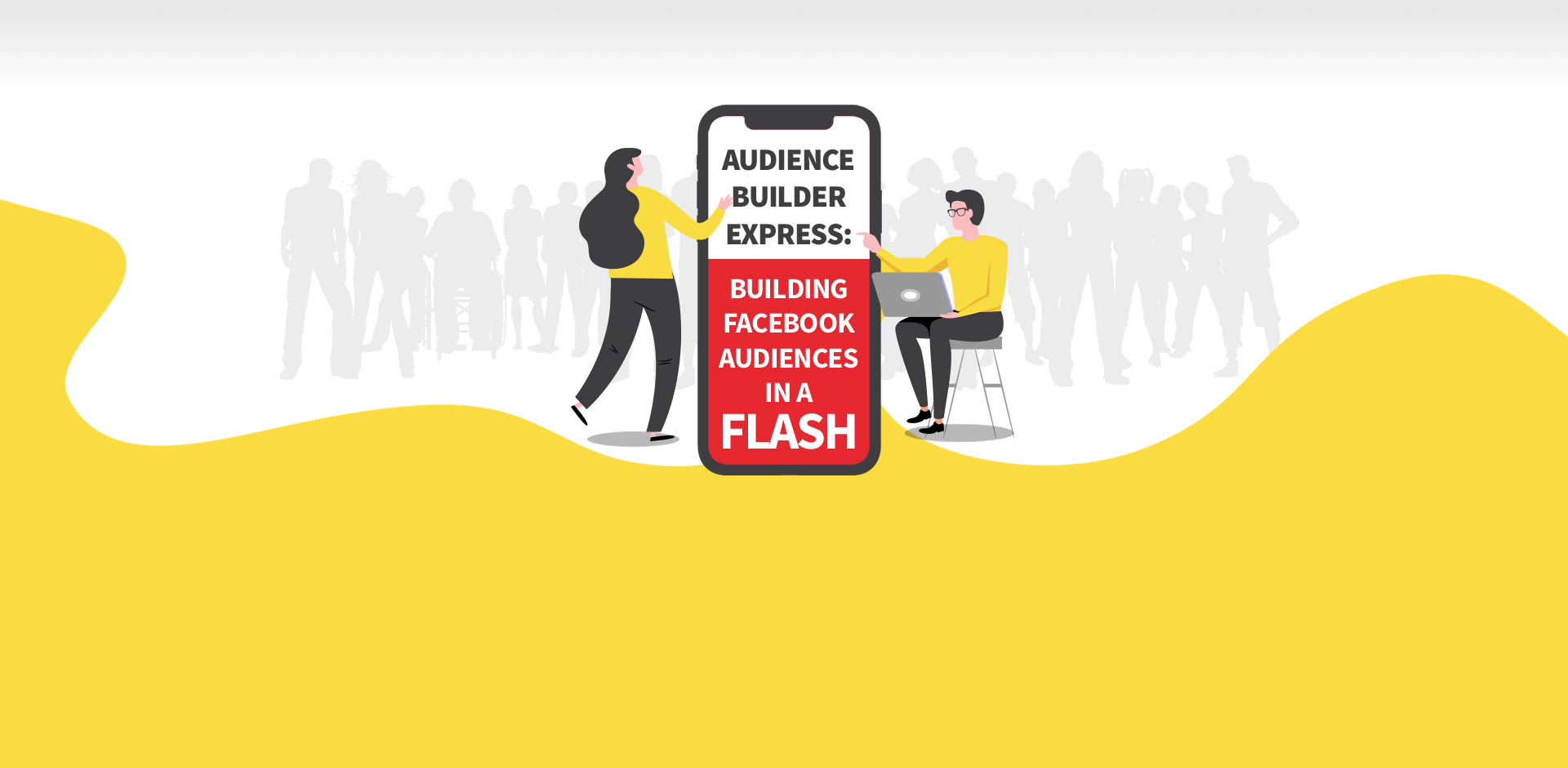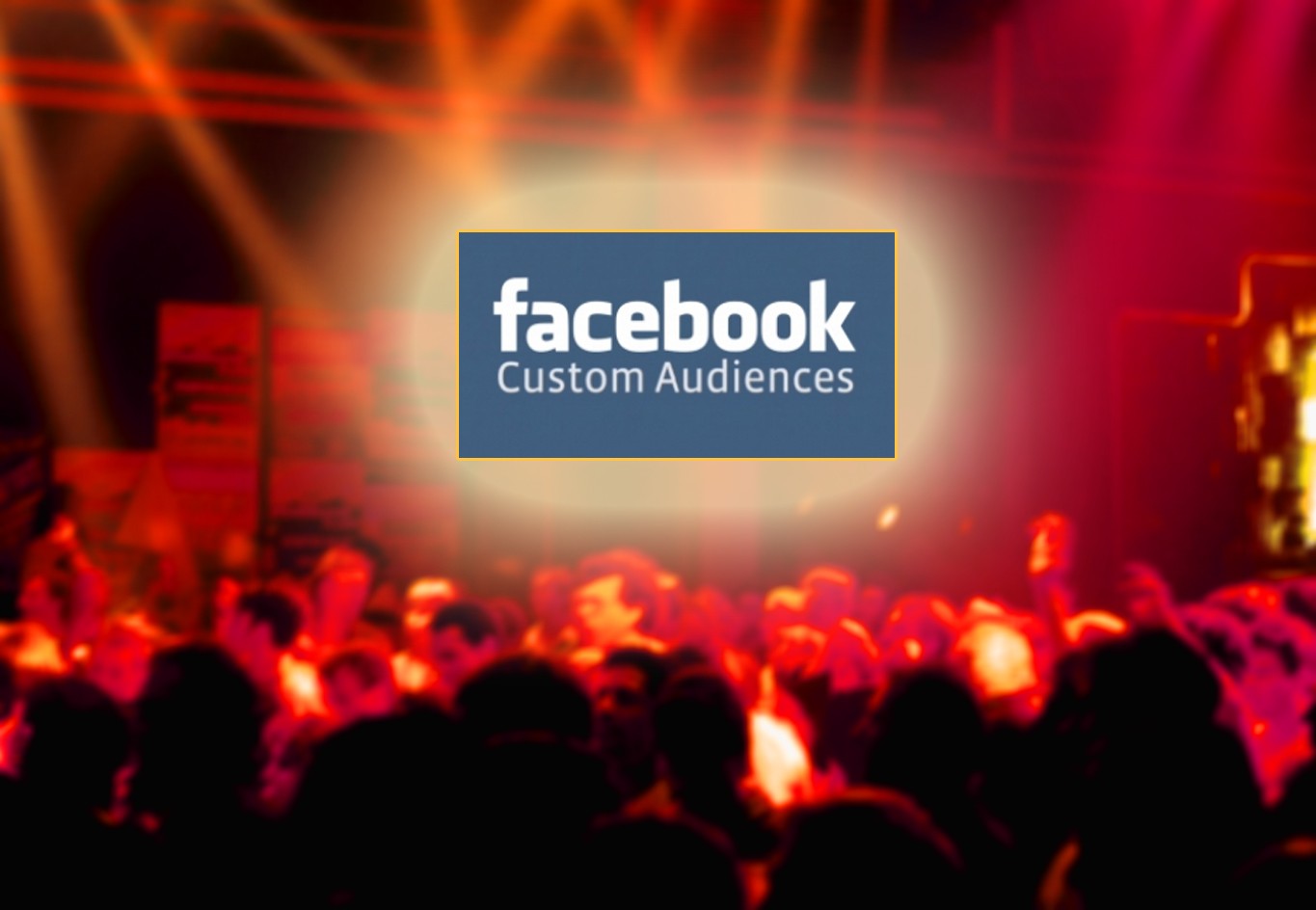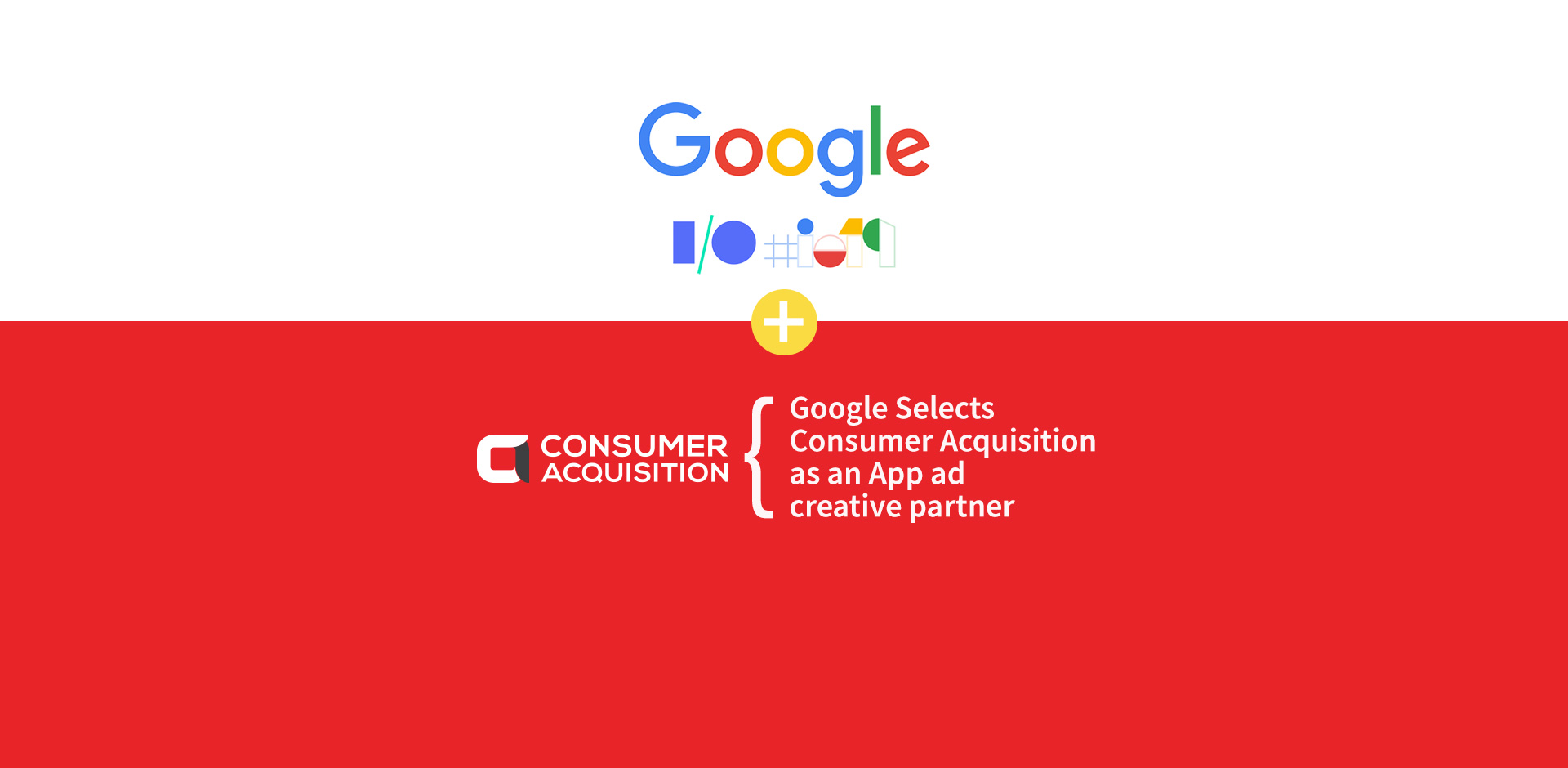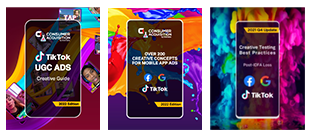Why Ad Creative is critical…
“Don’t like the weather? Don’t worry — it’ll change soon.”
It’s an old joke about New England weather, but it sums up the state of user acquisition advertising today.
We’ve been given some amazing new tools and capabilities in the last few years, but it’s also meant that we’ve had to completely remake how we structure and execute campaigns. And the recent changes are just the beginning. As the ad platforms’ AI algorithms get smarter, like with Google and Facebook, we expect the role of user acquisition managers to evolve rapidly in the next few years.
User Acquisition is Dead. So while this statement might have jarred you, the old way of doing user acquisition really is dead or at least dying. Here’s a look at its next reincarnation.
Why is User Acquisition Dying?
As Facebook and Google’s AIs have grown more efficient at media buying and bid management, the third-party adtech tools some of us used are no longer a competitive advantage. And managing campaigns is no longer best done by human beings. UA managers have to let AIs take over part of their campaign and ad set management.
Easier said than done, though. It requires a leap of faith for any user acquisition manager to hand part of their work over to a machine, but you’ll ultimately be better off. Letting the AI run your campaigns will increase ROI and reduce effort.
The levers of campaign management that have been historically used by humans are now being systematically automated by AI. This actually makes sense — humans had been doing the quantitative analysis of campaigns for a long time. With smart enough code, those tasks can be automated.
Ad Creative
Now that the advertising platforms’ AIs are buying media and managing bids, ad creative has become the primary driver of performance.
At least for now, AI can’t do creative, or can’t do it well enough. Templates don’t work well, either. Creative is still best done by humans, though we expect the development teams at Facebook and Google will continue to test that assumption.
Both platforms have taken steps toward automating creative testing — Google with its ad variations, and Facebook with its Dynamic Creative. Those new tools are helpful, but they’re both just taking pieces of creative and re-assembling them into new variations. Humans are still creating the pieces and we expect that to continue to be the case… at least for the next couple of years.
User Acquisition
What “UA is dead” really means is that UA is evolving, most of the old strategies of intraday frequent changes of adjusting bids, budgets, and pausing ad sets are dead, and creative is your best hope for high-performance campaigns.
Our own advertising strategy on Facebook has radically shifted every six months for the last six years. It’s almost certainly going to shift again six months from now.
If you’re still doing things like frequent intraday bids or budget edits, you’re not making the best use of the platform.
There are three specific shifts that have changed how Facebook UA, specifically, is done:
- AEO and Value Optimization
- The “Best Practices” Update and the concept of Significant Edits
- Campaign Budget Optimization (coming September 2019)
Here’s a deeper dive into each of those points:
AEO and Value Optimization
The old strategy for Facebook advertising was to drive volume — we chased Mobile App Installs (MAIs) and would manage 1,000+ campaigns in each account just to achieve scale. Audiences and placements would be set to drive quality conversions as best we could, but really we were just getting as many conversions as we could, and hoping that on average the value of those conversions would be enough to turn a profit overall. We’d manage bids either manually or with a third-party tool or our AdRules platform.
Our new strategy is freed from a volume constraint. Its goal is to drive net profit. We do that via AEO (App Event Optimization) and Value Optimization campaign management, along with some careful manipulation of audiences where we tell the algorithm what to look for. Because we can have the AI optimize for specific events (like in-app purchases, registrations, or specifically, $20+ worth of in-app purchases), Facebook will deliver a far more precise audience.
When using AEO and VO, we also allow the AI to automate placement, bid management, and the creation of audiences. This is exactly where that aforementioned leap of faith takes place: UA managers should now let the algorithm manage these key areas of their campaigns.


The “Best Practices” Update and the concept of Significant Edits
Facebook rolled out its “Best Practices” update in February 2018. This followed a similar move by Google in late 2017, when Google moved all-new app install campaigns over to Google’s App Campaigns, whether advertisers liked it or not. Both shifts were the official handover from humans managing campaigns to AI managing campaigns.
This is also the move that kneecapped most of the third-party adtech tools. If you have been using a third-party tool to optimize your campaigns, suddenly that advantage was over. The good news was that you could reduce the cost of the adtech fees and move towards the very low cost or flat monthly fees. The bad news was that suddenly every advertiser had access to the same algorithm you did and the playing field was flattened.
Facebook has outlined how they want campaigns to be run in their Blueprint Certification. Everyone in UA on your team should get certified — even if you outsource your social advertising. It’s essential information if you want to outperform your competitors now, or even if you just don’t want to lose your shirt.
Campaign Budget Optimization (coming September 2019)
This third change is basically a shift from people making budget adjustments to machines making budget adjustments.
If you’re not yet using Campaign Budget Optimization, it’s time to adopt it. Facebook will require CBO in September 2019 for all newly launched campaigns. That’s just five months away at the time of this writing. After that, the AI will change budgets and optimize bids, budgets, placement, audience, language, and creative testing. Humans won’t be making those adjustments anymore.
Google’s App Campaigns are already at this level of “black box” management by the AI, but Facebook is coming up fast.
The Shift Towards Ad Creative
So now that AI has taken over much of the quantitative side of user acquisition advertising, and will take over practically all of it after Q1 2020, what’s a UA manager to do? Focus on creative.
Focusing on creative has two key aspects:
1. Ad Creative Analysis. Both your own and your competitors’
Facebook’s new Ads Library makes it much easier to track your competitors’ ads. It may not tell you how well those ads are performing, but if they’re running the same ad for more than a week, it’s probably working for them. So you might want to cherry-pick one or more attributes from that competitor’s ad and test it in your own ads.
But you’ll also have to test if those new attributes make any difference. If you’re going to create high-performance ads, you have to know the key performance drivers. This is one of the first things we take apart when we work with new clients: Which creative attributes are really making a difference? Once you know that, you can prioritize your creative tests far more effectively.
2. Ad Creative Testing. Using the right methods for testing and getting test results as efficiently as possible
In a sense, whoever builds the best ad-testing and creative ideation system now will gain a significant advantage in performance advertising. But that testing system will have to be built to test and conceive of a lot of ads (only one out of 20 ads will perform well enough to scale) and it will have to test those ads fast enough to scale them before creative and audience fatigue sets in or competitors swipe them.
For Agencies and Client Expectations
As a UA service, account management has become critical. A client communication has to be seamless and, if necessary, instant. Clients have to trust their partners enough to let go of how they used to advertise (managing media buying themselves, for example, and those frequent intraday changes).
Agencies will constantly need to work on improving processes with clients, with the campaign and team management, and above all, with creative analysis, development, and testing. Workflow optimization results in better ROI — a lot better ROI.
“Has User Acquisition Advertising Become Easier or More Complex?”
This is a logical question to ask once you understand the scale of the shift we’ve just experienced. But really, whether acquisition is easier or more complex depends on the platform.
Facebook ads are definitely easier to manage than they were before. The AI does a pretty good job. But that means we’ve all got more competition from other advertisers – other UA managers now have access to all the same cool tools you’ve got.
Google App Campaign is a little different. It’s perceived by some as being “set it and forget it.” However, it is about to get a lot more complex.
What to Expect from User Acquisition Advertising in the Next Year
We believe Facebook is about to change UA advertising all over again.
Facebook has all of the pieces for an app campaign-style product that is likely to be a combination of CBO + DCO. (Campaign Budget Optimization + Dynamic Creative Optimization). That’s all a fancy way of saying that Facebook is working on a new feature that will optimize creative, creative placements, bids, and budgets for us. We expect this new capability to be out sometime in Q1 2020.
Google’s also got some new developments coming. Google Analytics for Firebase (an app measurement solution that lets UA managers get insights into app usage and user engagement) may also be leveraged for selecting lookalike or similar audiences (also known as “LALs”).
With Firebase’s ability to report on and track up to 500 distinct events within apps, once that data can be fed into the Google App Campaign advertising AI, it will be hard to argue against the AI’s superiority over human management. The AI will have so much data to interpret, and will obviously be able to interpret that data at such a speed, humans won’t be able to compete.
4 Ways User Acquisition Managers Can Evolve
We don’t believe UA managers are about to be out of a job. There will always be a need for a human at the helm of all these controls, even when the controls can mostly run on their own.
But UA managers definitely need to evolve. The job they will be doing in a year (much less two to three years) will be *very* different from the job they’re doing now.
Here are four ways to prepare for the changes:
1. Understand Facebook Best Practices and Make Sure those Rules are Followed
Facebook changes fast. You don’t need to be told that. Staying current with the advertising platform is essential. If you and your team haven’t gotten certification from Facebook’s Blueprint training program, it’s time to fix that.
But that’s only the first step. If you’re still advertising the same way you were this time last year, you aren’t changing fast enough.
Keeping up with UAC best practices requires constant learning. You should always be testing, always be pushing the envelope of what’s possible. Because — guaranteed –your toughest competitors are pushing that envelope.
2. Everyone Needs to Get Trained on Google’s App Campaigns (Formerly called Universal App Campaigns)
A bit more than a year ago, most of our partners were spending maybe 10-20 percent of their budget on Google App Campaigns. That’s completely changed. Right now, most partners are splitting their budgets between Facebook and Google.
So if you aren’t using Google’s App Campaigns, you’re missing a lot of potential volume.
Do yourself a favor. Before you blow $10,000-$100,000 in ad spend, at least, review Google’s training materials for Google App Campaign programs.
3. Explore Apple Search Ads
Apple hasn’t been a primary ad platform for most UA managers. That’s also about to change. As competition gets fiercer and fiercer on Facebook and Google, and UA managers struggle to eke out even a sliver of a percentage point of the extra return, it only makes sense to seek out less competitive spaces. Apple Search ads are one of the best opportunities emerging this year.
4. Get Sophisticated about Ad Creative Testing
Build (or borrow) an aggressive, systematic testing strategy. Creative may be king…..but testing is its right hand. Simple, isolated, unstrategic A|B split-testing isn’t enough in this environment.
When developing your testing approach, it’s important to consider the following:
- Accommodate brand guidelines as well as possible, but with enough flexibility to not slow down too badly.
- Accommodate the speed at which creative fatigue sets in (this is a beast to manage, but it can be done).
- Focus on 10x or 100x wins, and don’t get fussy over the level of statistically proven results that are designed to see minor incremental improvements. You’re looking for earthquakes in the data — not little tremors. That actually frees you up to play fast and loose with statistics in a way that traditional A|B split-testing rules wouldn’t allow.
As User Acquisition Dies, What Happens to the UA Role?
Here are two scenarios for what user acquisition managers may have to deal with in the coming years.
If the machines optimize:
- Hire less expensive employees. We expect this to come into play around Q1 2020.
- Ad tech fees will drop to < 1% of spend or shift to flat rates.
If people create:
- Focus on quantitative creative testing to uncover which performance drivers meet or beat your team’s performance requirements.
- Do everything you can to help creative teams be data vs brand driven.
- Establish systematic ways to analyze competitors’ ads.
- Work closely with your ad partners to increase creative volume and diversify financial risk.
- Prepare to manage more ad networks (FB, Google Apple, etc…).
- Embrace the challenge of balancing left-brain versus right-brain skill sets and tasks.
Ad Creative Conclusion
Don’t fear the machines. Let the new algorithms manage the parts of your campaigns that they can manage well. Get ready for them to learn how to optimize creative, too. Q1 2020 will be here in a blink.
Invest in creative. It’s your last best competitive advantage. UA managers will benefit by understanding how to:
- Drive quantitative creative testing to uncover performance drivers
- Help creative teams be data- vs brand-driven
- Establish competitive ad research practices
- Manage partners to increase intensity, creative volume, and diversify financial risk
- Manage networks (FB, Google, Apple, etc…)
Some agencies have already started to take notice: Instead of building adtech tools, they’re building creative teams.
Just keep your skills current and embrace the changes. This is an exciting, challenging time to be a UA manager.
Contact us to find out why ad creative is critical!


